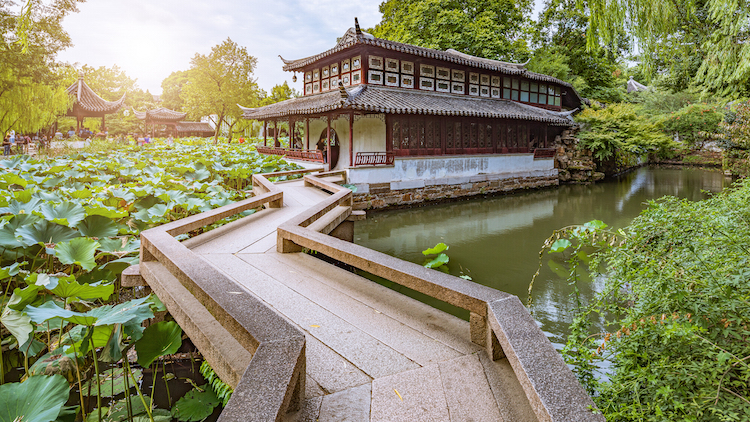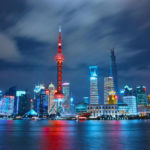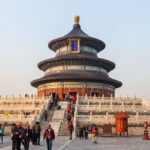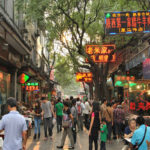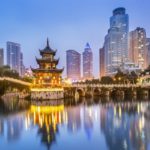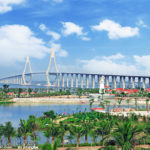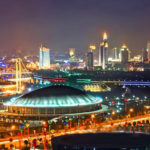The best weekend getaways from Shanghai
Get out of town for a couple of days with these weekend trips (all within three hours of Shanghai) that are ideal for a last-minute getaway whether you’re a wannabe hiker, looking for some luxury or just restless in the urban jungle. Fancy venturing further afield?...

